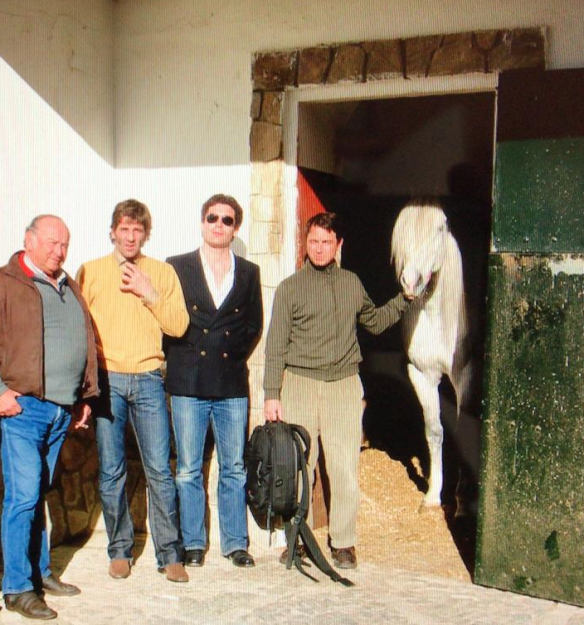 For the original article, available to subscribers only, please click here.
For the original article, available to subscribers only, please click here.DAILY TELEGRAPH
Here in Spain there is martial law in all but name – surely the British wouldn’t put up with it
Alexander Fiske-Harrison
20th March 2020
It was when they taped off the children’s playground on the Plaza de la Constitución, as though it were a crime scene, that we knew the rumours were true.
All that Saturday the streets had been empty of people save the town’s ex-pat population as the Spanish government debated at every level – local, provincial and national – about what would put on ‘lockdown’ and how. I came down from my balcony to investigate as the local police pinned a notice to the swings, reading “Proclamation: Preventative Measures for the Protection of Citizens against the Coronavirus”, written in the name of the Mayor, and followed by a list of closures ranging from the municipal library to the 12th-century Moorish castle which stands guard over our Andalusian hilltop town.
Knowing that more was sure to come we stayed at Bar Pastor until closing time. The next morning we woke up to find the police sealing that bar, and all the others. It had begun. Continue reading

















